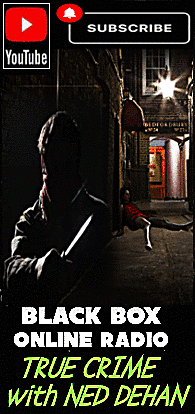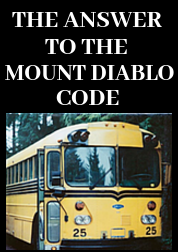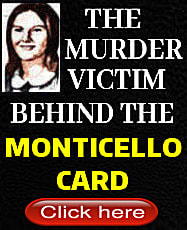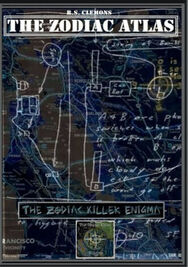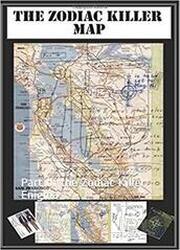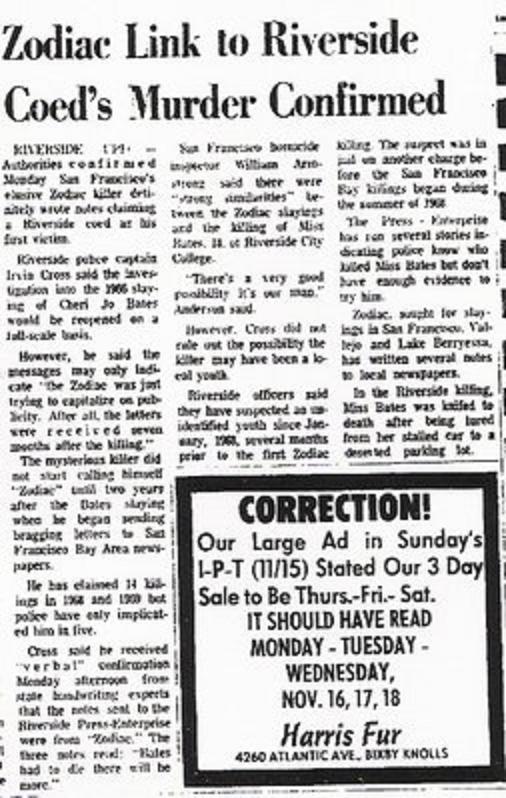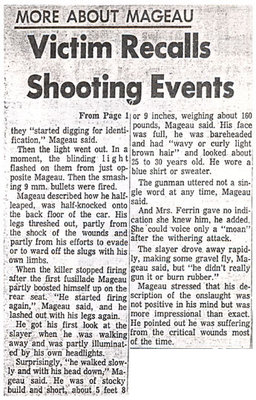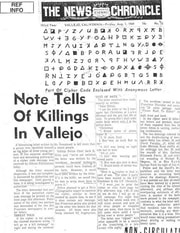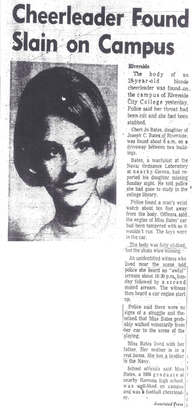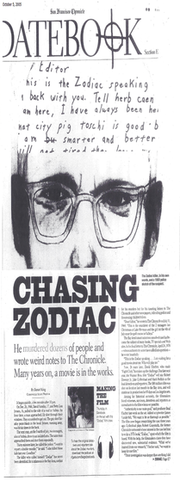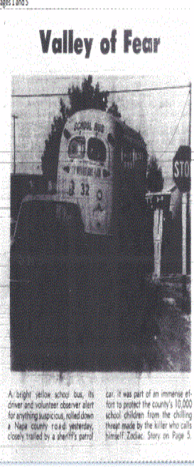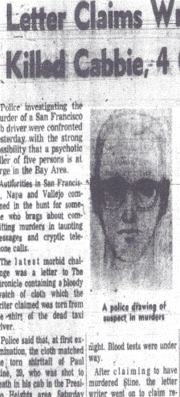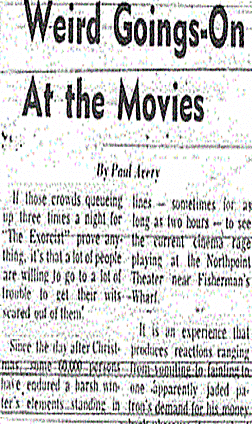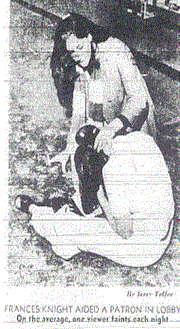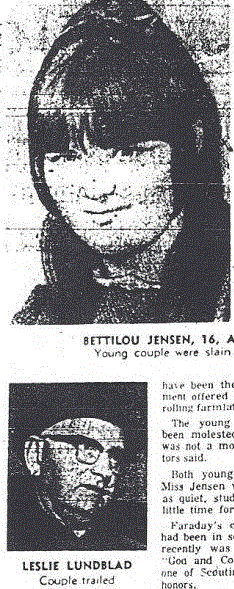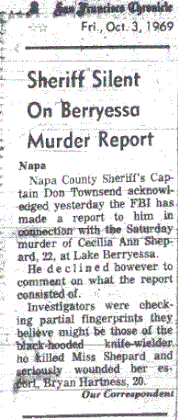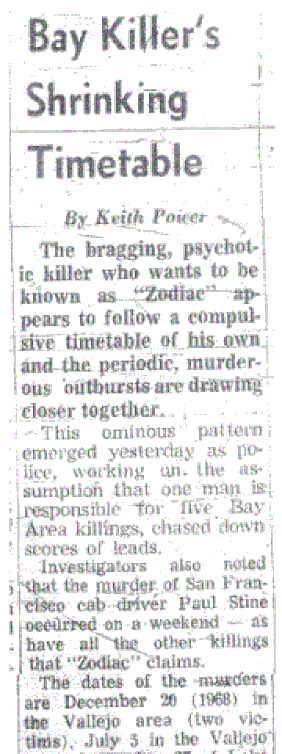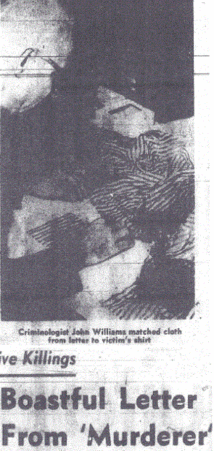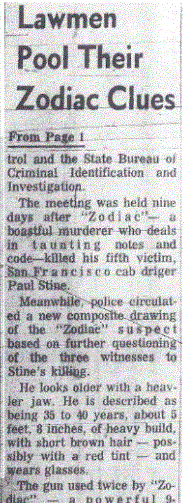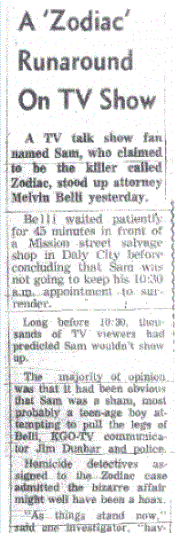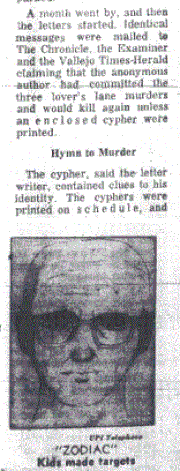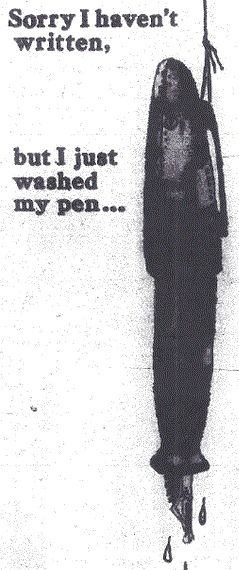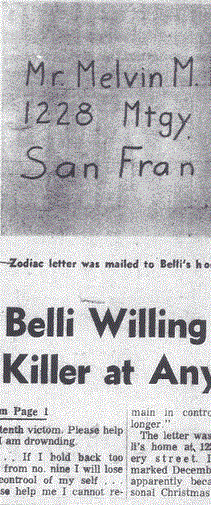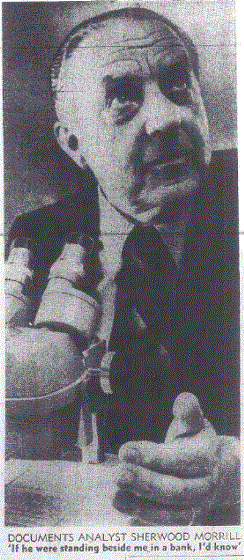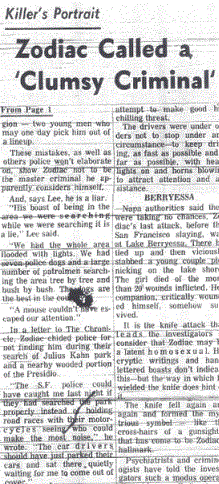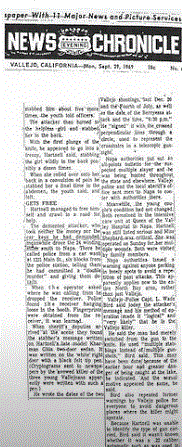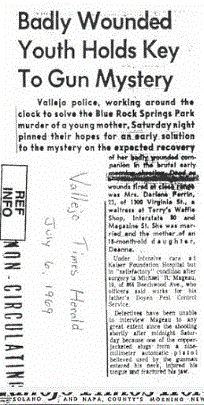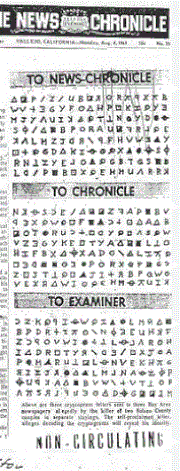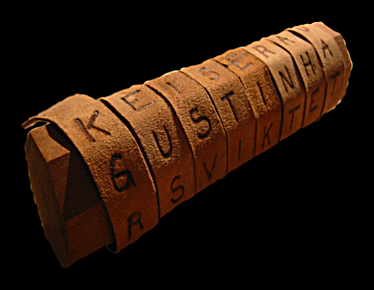 Scytale cipher
Scytale cipher The murderer of five not only responded by employing the first cipher technique described in Poe's A Few Words on Secret Writing to create the 340 cipher, but also inserted one of Poe's poems into the message. Here is a portion of the newspaper article: "Dr Marsh told the Examiner today: "The killer wouldn't dare, as he claimed in letters to the newspapers, to reveal his name in the cipher to established cryptogram experts. He knows, to quote Edgar Allan Poe, that any cipher created by man can be solved by man. Zodiac has not told the truth in his cipher messages to the Examiner, the Chronicle and the Vallejo Times-Herald. Zodiac has not done this, because to tell the complete truth in relation to his name -in cipher code - would lead to his capture. I invite Zodiac to send The American Cryptogram Association a cipher code - however complicated - which will truly and honestly include his name".
The first section of Poe's essay mentioned the encryption technique of using scytala to conceal a message. In cryptography, a scytale (also transliterated skytale), is a tool used to perform a transposition cipher, consisting of a cylinder with a strip of parchment wound around it, on which is written a message. This online scytale decoder can be used to unearth the message in the Zodiac Killer's 340 cipher, which used a period 19 shift. Quite the coincidence that the Zodiac Killer would employ a similar technique from the very first portion of the essay 'A Few Words on Secret Writing'. This alone is not evidence of a connection between the newspaper article, Edgar Allan Poe and the Zodiac Killer, but the following observations may change your mind.
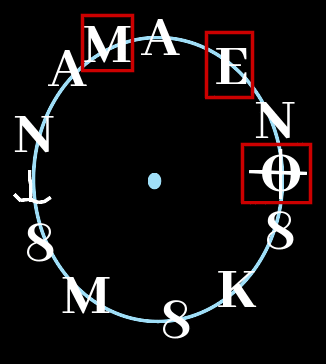
But what is really interesting, is that the essay then suggests the notion of a perpetually shifting alphabet by creating two concentric circular pieces of pasteboard, with one placed inside the other and fixed, while the other can rotate. On each, the alphabet would be written (or random characters). By shifting the outer circle a certain number of spaces, different letters can represent others in the message. Bearing in mind the Zodiac Killer created three circled 8's, I considered the idea of placing Zodiac's 13 characters in two concentric circles with the characters aligned. In other words, A on the outer circle aligned with the A on the inner circle ,E on the outer circle aligned with the E on the inner circle, N on the outer circle aligned with the N on the inner circle, etc. Then I just shifted the outer circle 8 spaces clockwise, so that the 8's aligned with three new characters. Those characters were ME and the Zodiac crosshairs (shown above in the red boxes).
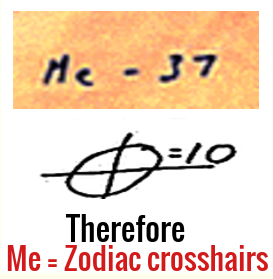
The Zodiac Killer must have known that by creating a 13 character code, he was making it practically unsolvable using standard cryptographic methods. By using this method, employing a simple "shift of 8" technique, we at least get a crude message that he used later in the Exorcist letter: "This is the Zodiac speaking. By the way have you cracked the last cipher I sent you? My name is Me (crosshairs)"
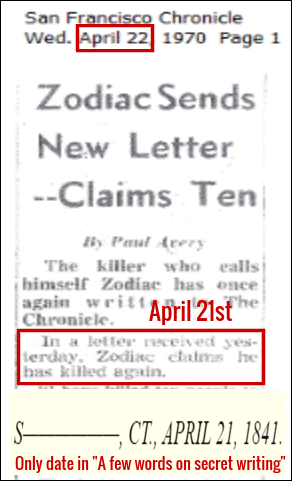
The Zodiac Killer would almost certainly have been aware that Edgar Allan Poe was a poet, so it would be rather fitting had Zodiac incorporated one of Edgar Allan Poe's poems into one of his ciphers or codes. We had to wait 51 years to find the answer to this question. In December 2020, David Oranchak, Sam Blake and Jarl Van Eykce cracked the 340 cipher, which ended with the likely message of "I AM NOT AFRAID BECAUSE I KNOW THAT MY NEW LIFE IS DEATH. LIFE WILL BE AN EASY ONE IN PARADICE". The moving epitaph to his recently deceased wife, written by Edgar Allan Poe, was delivered in the form of poetry and entitled "To One in Paradise".
Are all these connections to Edgar Allan Poe a coincidence?


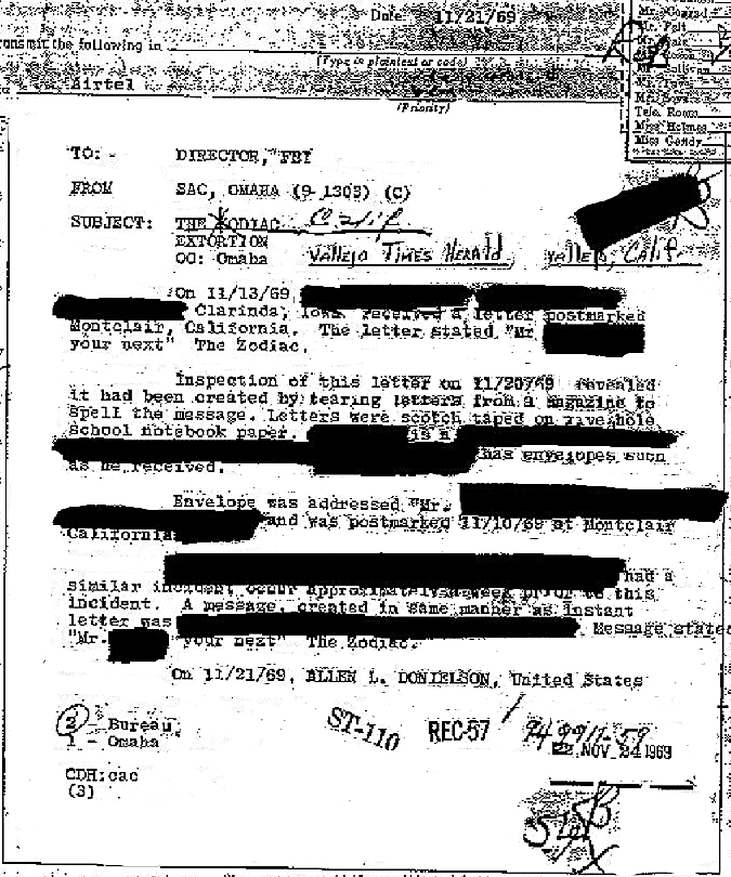
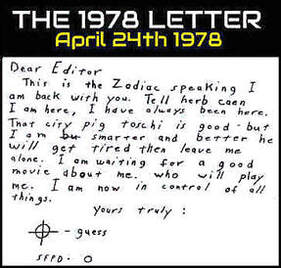
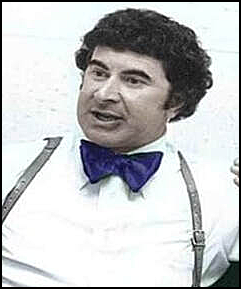
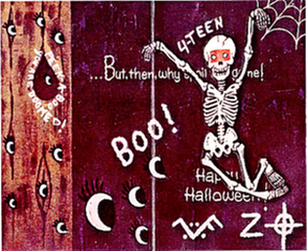
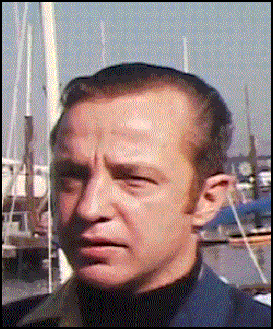
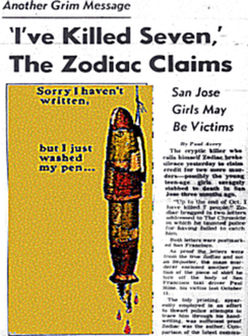
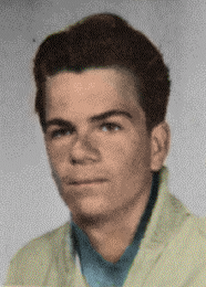
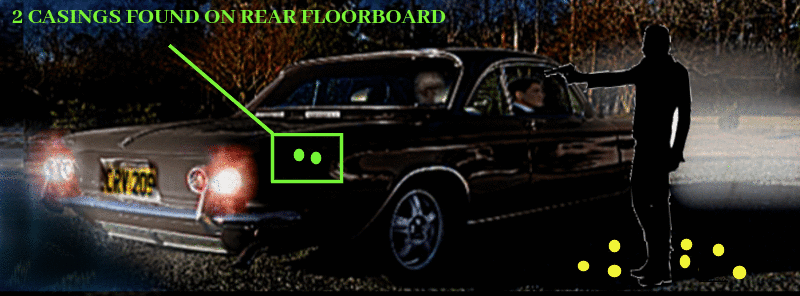
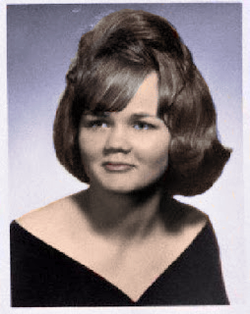
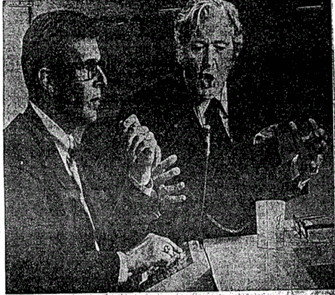
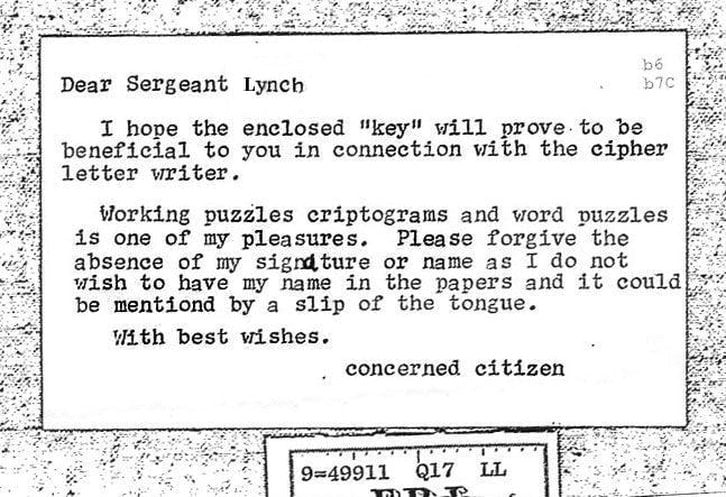
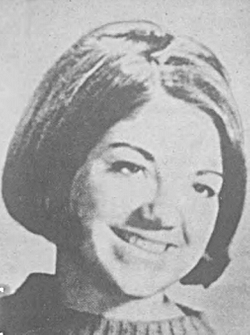
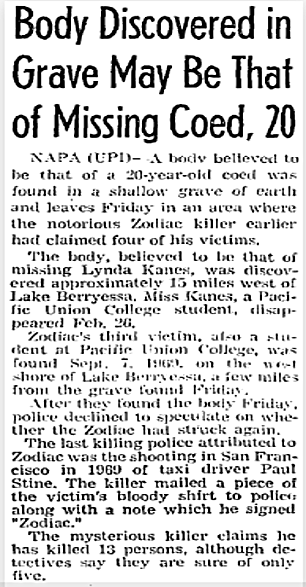

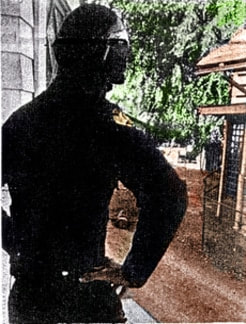
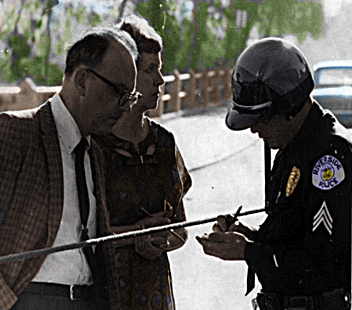
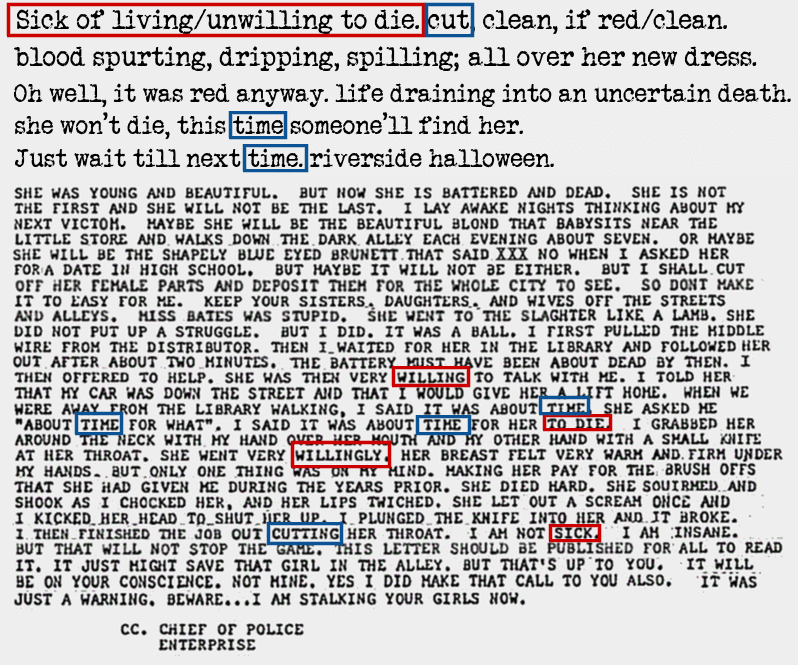
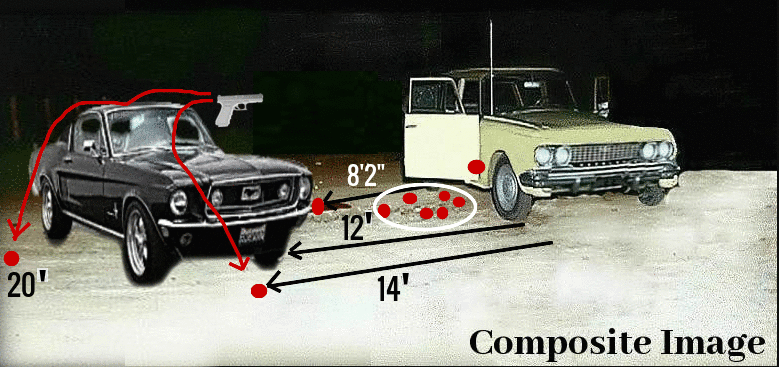
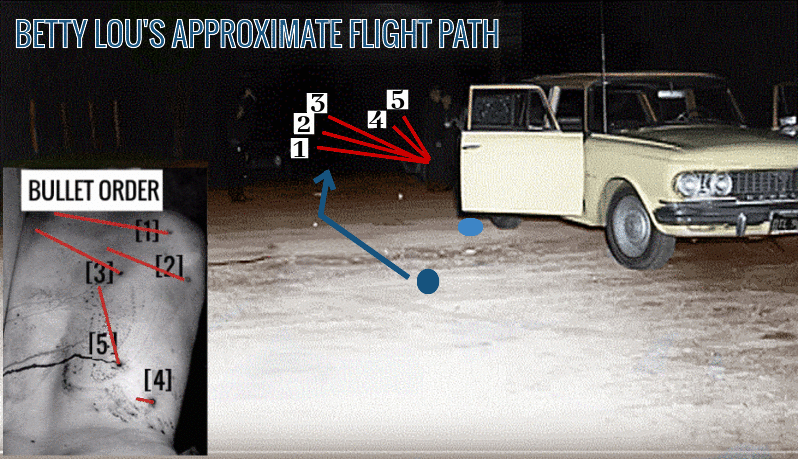




 RSS Feed
RSS Feed
